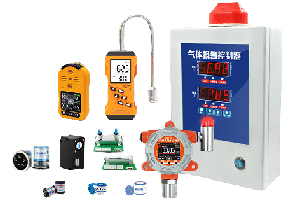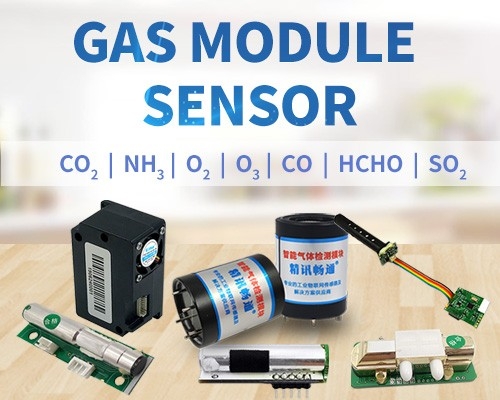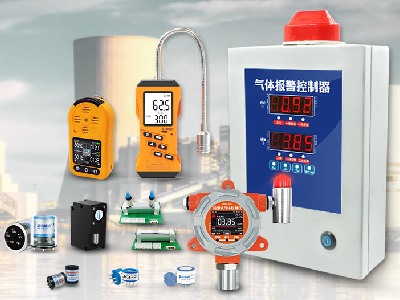Many people still do not have the ability to identify the types or concentrations of gases present in the atmosphere. There are many types of sensors that can measure different parameters, and gas sensors are very convenient in applications where we have to detect changes in toxic gas concentrations to keep the system safe and avoid/warn of any unexpected threats. There are a variety of gas sensors to detect gases such as oxygen, carbon dioxide, nitrogen, methane, etc. They are also commonly used in detecting leaks of harmful gases, monitoring air quality in industry and offices, and other equipment.
In this article, we will learn more about gas sensors, their construction, types, and how they work. There are many types of gas sensors, but MQ type gas sensors are common and widely popular, so this article will focus more on these types of sensors.

Introduction to Gas Sensor
A gas sensor is a device which detects the presence or concentration of gases in the atmosphere. Based on the concentration of the gas the sensor produces a corresponding potential difference by changing the resistance of the material inside the sensor, which can be measured as output voltage. Based on this voltage value the type and concentration of the gas can be estimated.
The type of gas the sensor could detect depends on the sensing material present inside the sensor. Normally these sensors are available as modules with comparators as shown above. These comparators can be set for a particular threshold value of gas concentration. When the concentration of the gas exceeds this threshold the digital pin goes high. The analog pin can be used to measure the concentration of the gas.
Different Types of Gas sensors
Gas sensors are typically classified into various types based on the type of the sensing element it is built with. Below is the classification of the various types of gas sensors based on the sensing element that are generally used in various applications:
Metal Oxide based gas Sensor.
Optical gas Sensor.
Electrochemical gas Sensor.
Capacitance-based gas Sensor.
Calorimetric gas Sensor.
Acoustic based gas Sensor.
Gas Sensor Construction
Of all the above-listed types, the most commonly used gas sensor is the Metal oxide semiconductor based gas sensor. All Gas sensors will consist of a sensing element which comprises of the following parts.
Gas sensing layer
Heater Coil
Electrode line
Tubular ceramic
Electrode

Gas Sensor Working
The ability of a Gas sensor to detect gases depends on the chemiresister to conduct current. The most commonly used chemiresistor is Tin Dioxide (SnO2) which is an n-type semiconductor that has free electrons (also called as donor). Normally the atmosphere will contain more oxygen than combustible gases. The oxygen particles attract the free electrons present in SnO2 which pushes them to the surface of the SnO2. As there are no free electrons available output current will be zero. The below gif shown the oxygen molecules (blue color) attracting the free electrons (black color) inside the SnO2 and preventing it from having free electrons to conduct current.
When the sensor is placed in the toxic or combustible gases environment, this reducing gas (orange color) reacts with the adsorbed oxygen particles and breaks the chemical bond between oxygen and free electrons thus releasing the free electrons. As the free electrons are back to its initial position they can now conduct current, this conduction will be proportional the amount of free electrons available in SnO2, if the gas is highly toxic more free electrons will be available.







